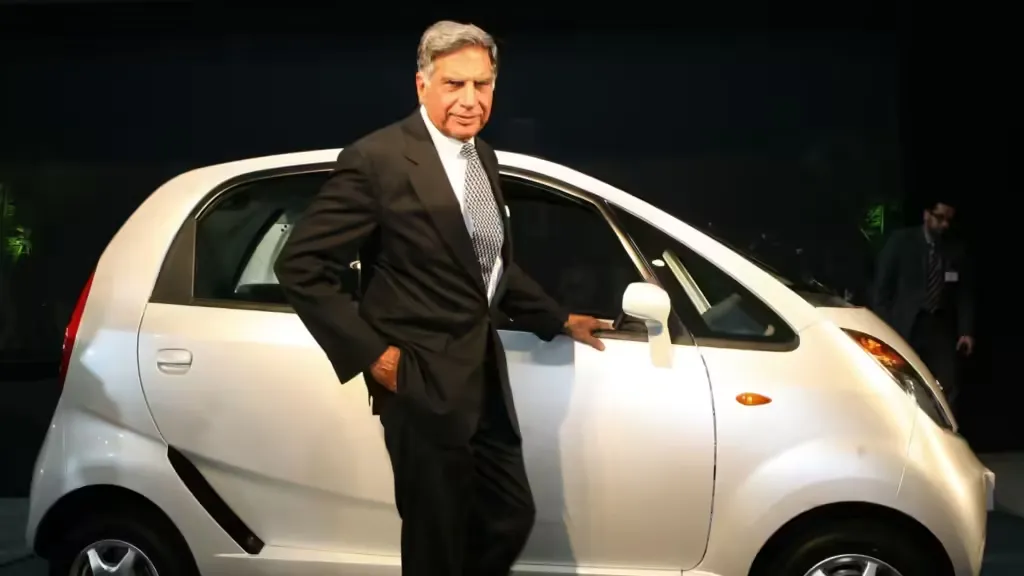
Date: October 10, 2024
RIP Ratan Tata: Story Behind Tata Nano, World’s Cheapest Car
RIP Ratan Tata: Tata’s Vision for Affordable Cars
RIP Ratan Tata, the former chairman of Tata Group, was an iconic figure in the Indian business world. He was known for his innovative and bold ventures that transformed industries. One of his most ambitious projects was the Tata Nano—a car that aimed to make car ownership accessible for millions of middle-class Indians. Sadly, as we mourn Tata’s passing at the age of 86, it’s worth reflecting on his vision for the Nano, and why it ultimately did not succeed.
The Launch of Tata Nano: A Revolutionary Idea
In 2008, Tata Motors launched the Tata Nano, which was promoted as the world’s cheapest car. It was priced at just Rs 1 lakh, making it incredibly affordable. The aim was to provide India’s middle class, who mostly relied on two-wheelers, with an affordable and safe alternative—a car. Tata’s goal was to revolutionize the automotive market by making car ownership possible for every family. However, despite the noble vision behind the project, it faced several challenges.
Why Did Tata Nano Fail?
The Tata Nano failed mainly due to its branding as the “cheapest car.” In India, owning a car is not just about convenience—it is a status symbol. By emphasizing the affordability of the Nano, Tata inadvertently created a perception of low quality. Buyers didn’t want to be associated with a car seen as cheap or lacking prestige. This miscalculation in positioning was one of the main reasons the Nano couldn’t attract the intended audience.
Safety Concerns and Negative Publicity
The Nano’s reputation took a serious hit due to safety concerns. Soon after its launch, reports emerged of Nano cars catching fire, which raised fears about the car’s reliability. While Tata Motors addressed these safety issues and made improvements, the damage was already done. The public began viewing the Nano as unsafe, and this perception overshadowed the company’s efforts to reassure customers.
Marketing Challenges and Consumer Sentiment
Apart from safety concerns, the marketing strategy for the Nano further contributed to its downfall. Calling it the world’s cheapest car worked against the company’s goals, as people in India equate car ownership with social prestige. Instead of focusing on affordability, the marketing should have highlighted other strengths, such as reliability and fuel efficiency. Unfortunately, the perception of Nano as a low-status car made it difficult to gain traction in the market.
RIP Ratan Tata: Tata Nano’s Legacy: A Bold Attempt
Although the Tata Nano didn’t achieve commercial success, it remains a testament to Ratan Tata’s bold vision and innovative spirit. He wanted to make a positive impact by offering affordable transportation to millions of Indians. While the Nano didn’t meet sales expectations, Tata’s effort to transform the automotive industry won him public admiration. His legacy as a compassionate and visionary leader lives on, even though the Nano failed to achieve its full potential.